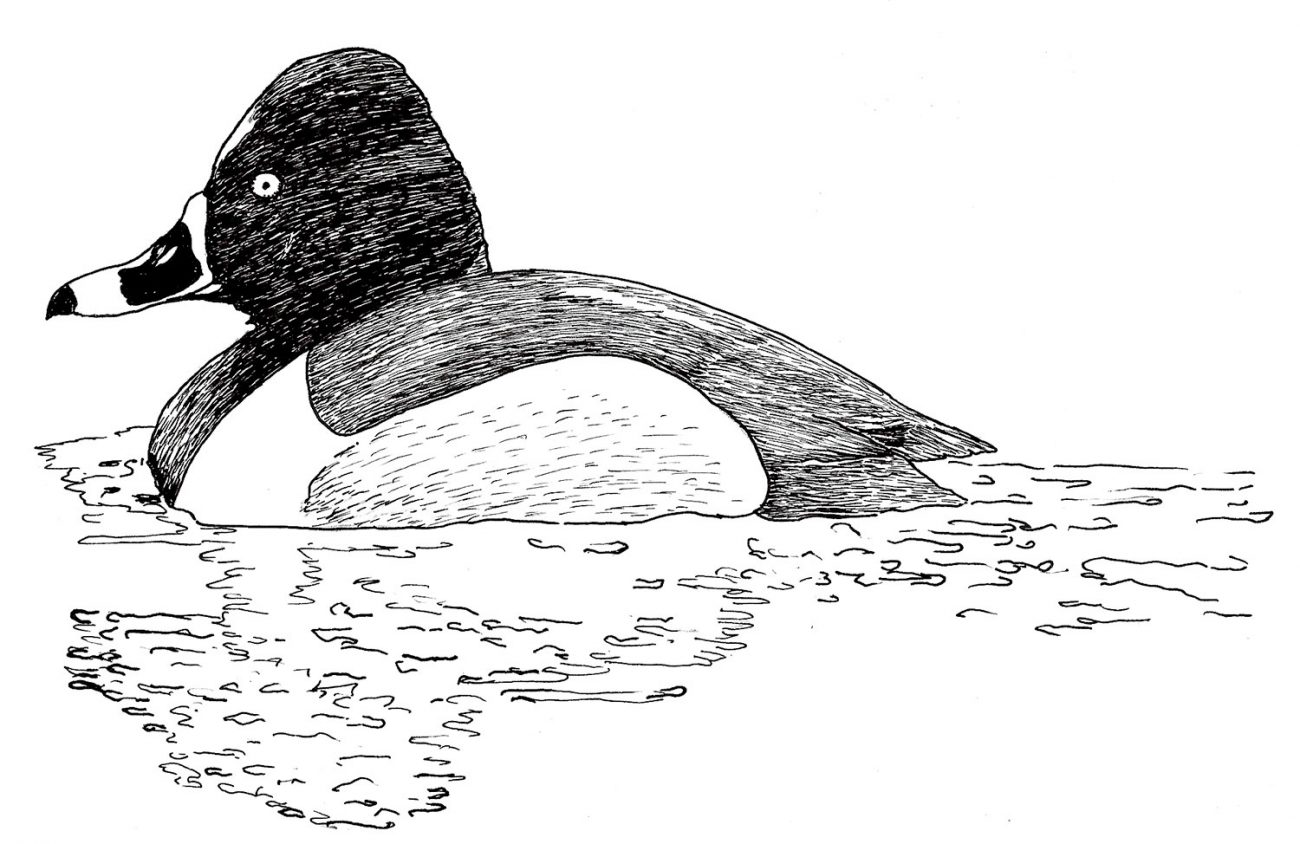A bright, sunny day recently offered a great “Duck Watching Day.” It’s a day when almost all of the regular winter residents can be seen on a walk along the east side Delta Ponds. Such a day reveals a diverse crowd of waterfowl: gadwall, ringed-necked duck, northern shoveler, mallard, bufflehead, American coot, double-crested cormorant, American wigeon, great blue heron, Canada goose and great egret. Less common but frequent in these ponds are wood duck, hooded merganser, pied-billed grebe and green heron. Watching the northern shovelers doing their circle dance is a joy. They’re courting each other in anticipation of flying north. Pairs swim around in tight circles, about a yard in diameter, seemingly endlessly. When another sunny day dawns, grab the binoculars and head out to the ponds for an hour or two of pleasure.
February is the first month of the year for flower-watching. Although wind pollinated species like hazel nut have been shedding pollen for weeks, the insect pollinated flowers begin flowering this month. The traditional first day of bloom for the earliest two, osoberry (Indian plum) and spring beauty, is the 15th. Last year osoberry was 10 days early. With the warm weather we have been having it will be interesting to see if this year osoberry will bloom early again. Just as pleasing as the little clusters of white flowers is the understory flush of bright, spring green leaves that unfurl as the flowers bloom. Although blooming much later, snowberry leaves also adorn the woodlands.
David Wagner is a botanist who works in Eugene. He teaches moss classes, leads nature walks and makes nature calendars. He can be contacted through his website, fernzenmosses.com.
